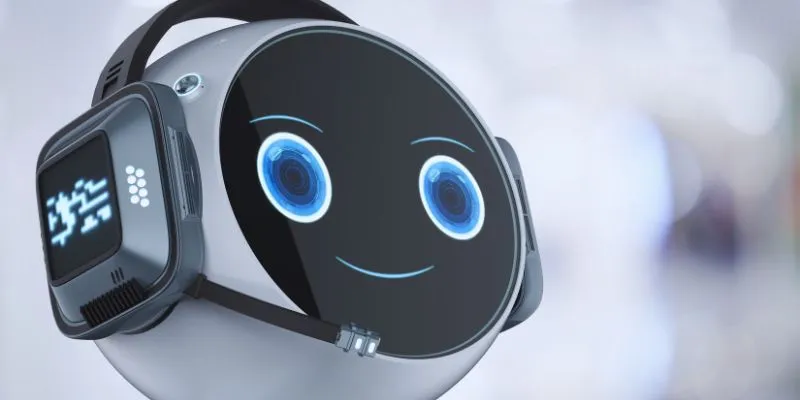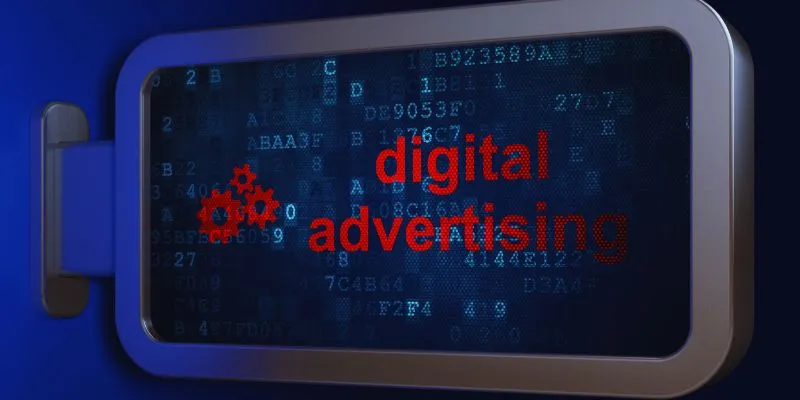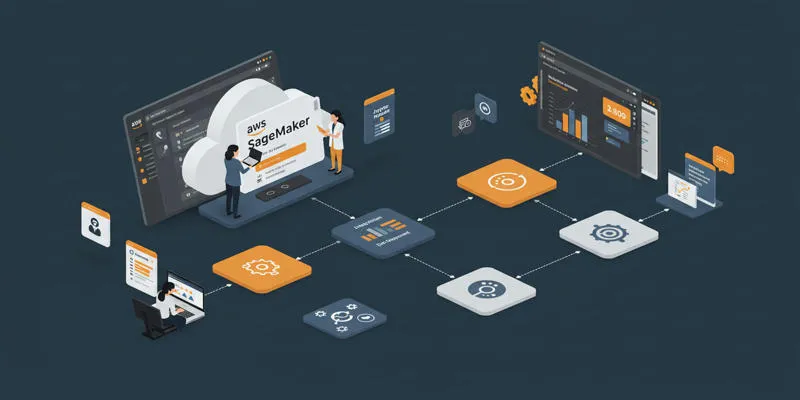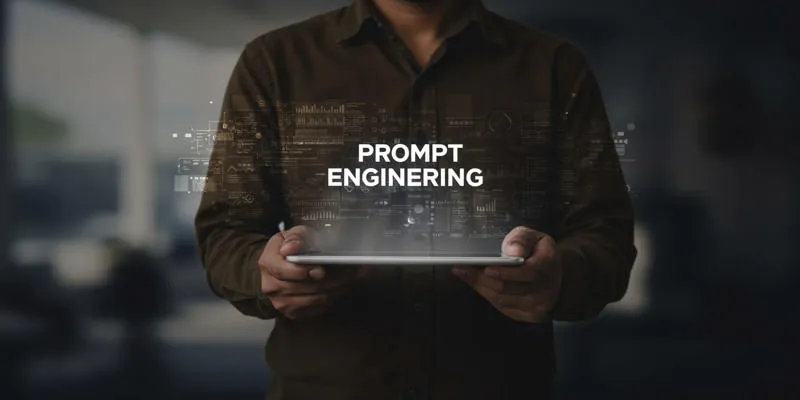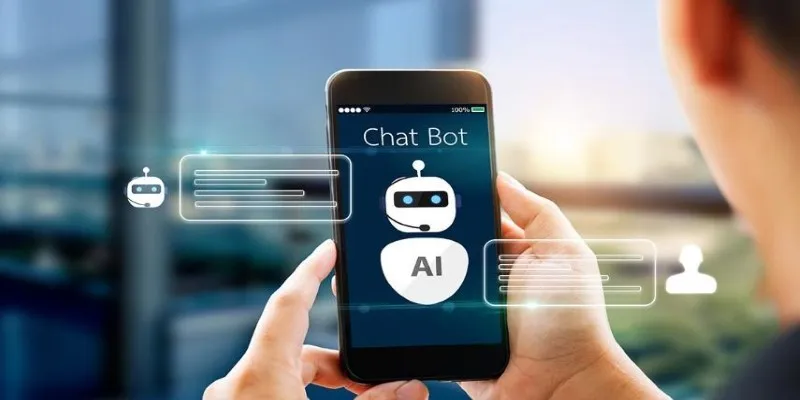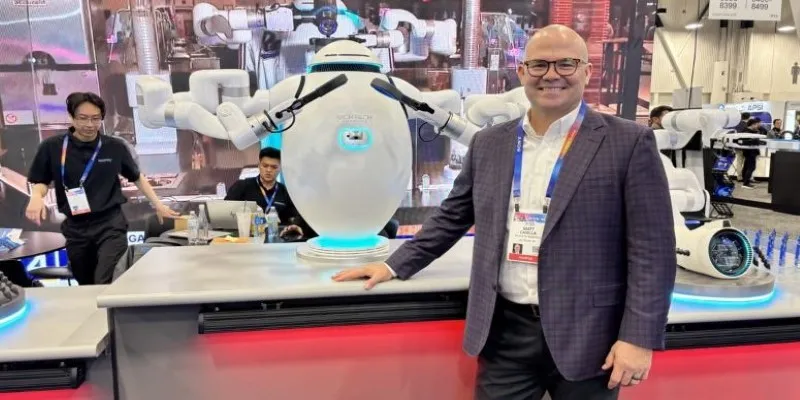The concept of a “digital twin” might sound futuristic, but it’s already making a significant impact across various industries. Businesses in healthcare, manufacturing, and other sectors are leveraging digital twin technology to enhance the design, monitoring, and operation of real-world systems. This article explores what a digital twin is, the different types available, and how these virtual models are being utilized globally.
What Is a Digital Twin?
A digital twin is a virtual replica of a physical object , system, or process. It uses real-time data, simulations, and software to create a digital version of real-world entities. This technology allows individuals and businesses to understand system operations, identify problems early, and make informed decisions without interacting with the physical counterpart.
Simply put, a digital twin is a dynamic digital model. For instance, if a car engine is equipped with sensors that transmit data to a computer, a digital twin can utilize that data to illustrate the engine’s performance. It enables engineers to detect issues or identify potential improvements without physically inspecting the engine.
How Digital Twin Technology Works
Digital twin systems function by collecting data through sensors and devices attached to the physical object or system. This data is then processed using advanced software, analytics, and artificial intelligence (AI).
The process creates a feedback loop:
- Data is gathered from the physical world
- The digital twin processes and simulates the system
- Insights from the simulation are applied to improve the real-world system
Cloud computing is crucial as it allows access to the digital twin from anywhere. Engineers, doctors, or operators can interact with the digital model in real-time, helping them mitigate risks, resolve issues, and test new ideas virtually before implementing changes in reality.
Main Types of Digital Twins
Digital twins are not a one-size-fits-all solution. They vary based on the system’s complexity and the purpose they serve in business and industry.
Here’s a breakdown of the most common types :
Component Twins

Component twins are the simplest form, representing a single part of a product or machine, such as a gear, valve, or sensor.
Asset Twins
Asset twins represent an entire object composed of multiple components. A digital twin of an entire motor or jet engine falls into this category. Asset twins are valuable when engineers need to observe how different parts interact, not just individually.
System Twins
System twins focus on the interaction of multiple assets. They can model a production line in a factory or the electrical system in a smart home.
Process Twins
Process twins are the most complex type, simulating complete operations. They can model how an entire hospital manages patients or how an airport handles passengers and luggage. Each type serves different purposes, but all aim to create a smarter, safer, and more efficient way of managing real-world systems.
Practical Uses of Digital Twin Technology
Digital twin technology is now prevalent across various sectors, each applying it differently based on goals, equipment, and processes. The primary aim is to enhance performance, reduce costs, and enable faster, more informed decision- making.
Manufacturing
Factories use digital twins to monitor machines, optimize production lines, and test product designs before manufacturing. The technology helps prevent breakdowns, saving time and money.
Benefits in manufacturing:
- Predict equipment failure before it occurs
- Optimize factory operations
- Reduce maintenance costs and downtime
Healthcare
In healthcare, digital twins assist in creating personalized treatment plans by simulating how a patient’s body might respond to different medications or procedures.
Key advantages include:
- Simulate surgeries or treatments before execution
- Track patient recovery in real-time
- Enhance drug development and testing
Construction and Architecture
Digital twins enable builders and architects to plan, monitor, and manage large construction projects. They create digital models to assess building performance under real conditions.
Common benefits:
- Reduce design errors
- Monitor structural health over time
- Enhance energy efficiency of buildings
Smart Cities
Cities are adopting digital twins to model traffic, pollution, waste, and more, aiding local governments in making informed infrastructure and service decisions.
Examples of smart city applications:
- Improve traffic flow with live data
- Predict and reduce power consumption
- Plan better emergency responses
Aerospace and Automotive
Airplane and car manufacturers utilize digital twins to test new designs, plan maintenance, and improve safety.
Benefits include:
- Simulate stress tests without damaging real vehicles
- Monitor engine health in real-time
- Enhance safety for pilots and drivers
Benefits of Digital Twins
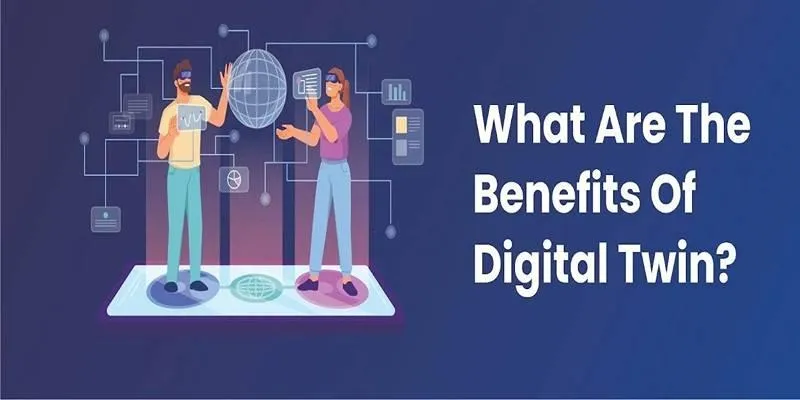
Digital twin technology offers a wide array of benefits , especially for businesses reliant on complex machines or systems.
Key advantages include:
- Faster problem-solving: Detect and resolve issues virtually before causing actual harm
- Lower operational costs: Predictive maintenance reduces expenses
- Smarter decision-making: Real-time data enhances managerial control
- Improved product design: Test products virtually before production
- Remote monitoring: Manage systems from anywhere globally
These benefits illustrate why more businesses are investing in digital twins to boost efficiency and maintain a competitive edge.
Conclusion
Digital twin technology is revolutionizing global operations. By creating real-time virtual models of physical systems, industries can operate more intelligently, safely, and efficiently. From factories to hospitals, digital twins preemptively solve problems and facilitate better decision-making daily. While adopting digital twin technology may require investment and strategic planning, the potential long-term gains in efficiency, safety, and innovation are substantial.
 zfn9
zfn9


